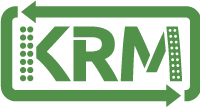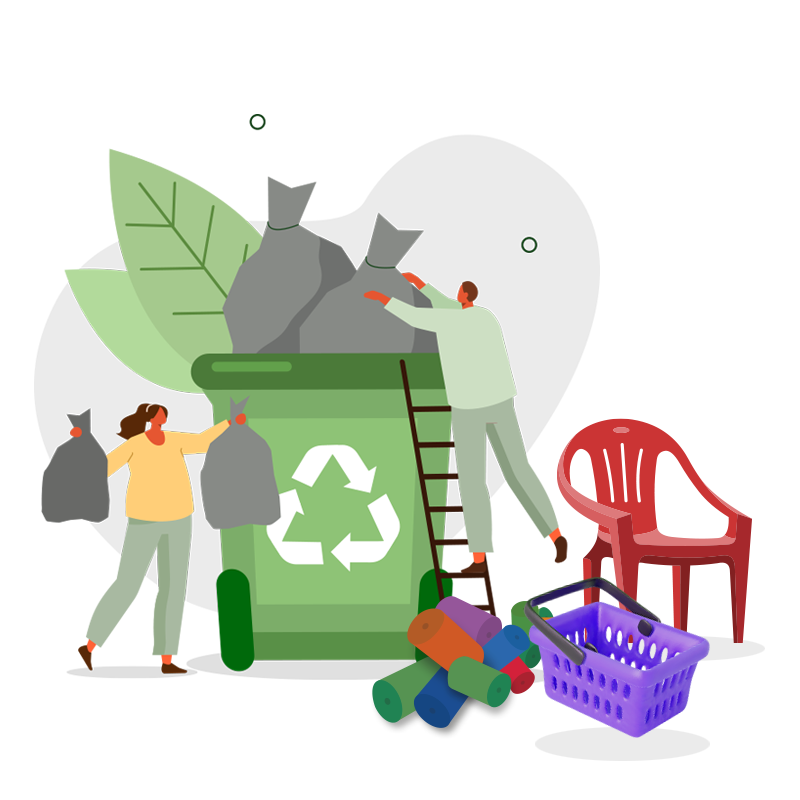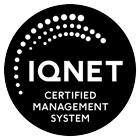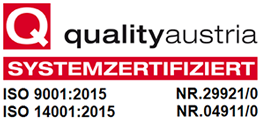Plastic recycling is a crucial step in the fight against the environmental impact of plastic waste. This process turns plastic waste into recycled products and helps reduce resource waste and pollution.

Collection of waste as a first step
The first task of recycling plastic is to collect plastic waste. This can be done either through the municipal waste collection system or through private collectors. The collected plastic is then taken to a sorting facility where it is sorted by type of plastic, color and quality. This sorting is crucial as it ensures that the recycled products meet the desired properties and standards.

Processing into high-quality recycled material
After sorting, the plastic is crushed and cleaned. This removes contaminants and breaks down the plastic into smaller particles that are easier to process. Subsequently, the molten plastic is formed into granules or pellets. These granules can then be reused to make various products.

Valuable products made from plastic waste
Plastic waste has become an urgent environmental problem of our time. Every day, tons of single-use plastic products end up in the ocean or pollute landfills. The solution to this problem lies in the recycling of plastic – a process in which waste material can be turned into valuable new products.

More sustainability through recycled plastics
The use of recycled plastic is important to reduce the need for virgin material. Recycling conserves resources and reduces our impact on the environment. Recycled plastic can be used not only for packaging materials, but also for furniture, clothing, plumbing, and many more products. Plastic recycling is not only environmentally friendly, it also brings economic benefits. Companies that integrate recycled plastic into their production can reduce costs while increasing their environmental awareness.



